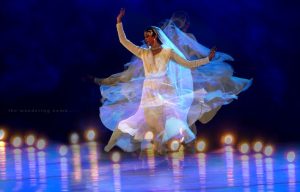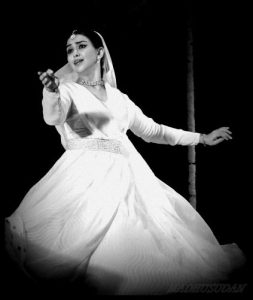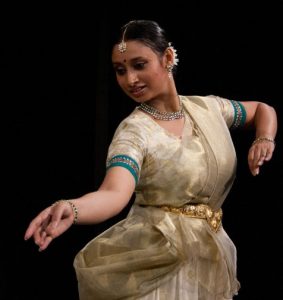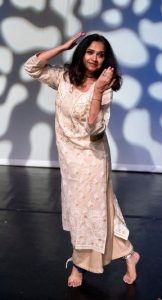Beej acts as a bridge for traditional & contemporary dance forms
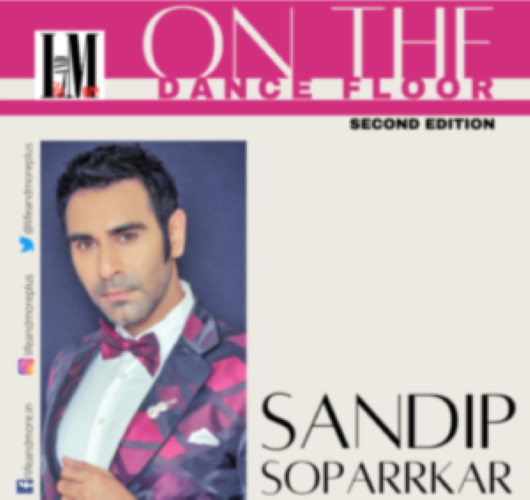
In the world of social media and 30-second reels, a wholesome approach to dance is rare. However, Sanjukta Wagh is an artist who believes that a dancer can become an artist and a performer only if they fully immerse themselves in the art.
Sanjukta Wagh
Wagh, an accomplished Kathak dancer, has established Beej to create a space where diverse artistic practices can unite, fostering cross-disciplinary investigation and collaboration. I spoke with Sanjukta Wagh about her journey with Beej and her upcoming event, ‘Parallel Journeys,’ featuring dancer and author Pallabi Chakravorty. Here are excerpts from the interview:
Please sharing about your background and qualifications in dance?
My journey in dance has been both extensive and interdisciplinary. I co-founded an initiative called beej in Mumbai, which focuses on exploring the creative process, improvisation, and alternative methods of classical dance pedagogy. I trained extensively in Kathak under Rajashree Shirke and in Hindustani Music with Pandit Murli Manohar Shukla. My experience also includes work with theatre under Chetan Datar and Navarasa Sadhana training with G. Venu.
Additionally, I spent a year at the Trinity Laban School of Dance in London and recently trained in the BARPS method of asana with Navtej Johar. My diverse experiences have led me to develop a unique language of dance theatre that combines Kathak with contemporary dance, theatre, literature, and Hindustani music. I also compose original music and sound scores for my works. Over the years, my choreographies and dance-theatre productions have earned critical acclaim both in India and internationally.
Sanjukta Wagh (left), Neha Kudchadkar
Please share about the foundation and vision of Beej?
Beej is an interdisciplinary initiative that I co-founded in 2005 with Neha Kudchadkar and Pranali Kakade. Our core vision is to engage deeply with contemporary expressions in performing arts through rigorous practice and innovative approaches. We are rooted in the language and traditions of Kathak and Hindustani classical music but seek to push the boundaries of these forms by exploring new storytelling possibilities through the body, sound, and space.
What inspired the creation of Beej, and how has it evolved?
The creation of Beej stemmed from a desire to explore the creative process and improvisation in a way that goes beyond conventional classical dance pedagogy. We wanted to create a space where diverse artistic practices could converge, allowing for cross-disciplinary exploration and collaboration. Over the years, Beej has evolved into a platform for innovative performance and research, including collaborative works and interdisciplinary projects. Our focus has always been on exploring new dimensions of classical dance and music, integrating them with contemporary practices and ideas.
Tell us about some key initiatives hosted by Beej?
One of our key initiatives is Beej garage, which is designed to spark conversations around dance and culture. Through this platform, we curate talks, workshops, and seminars that provide multiple perspectives on making and receiving art. For instance, our past events have featured prominent artists like Astad Deboo, Mallika Sarabhai, and Anita Ratnam, among others. Each of these events aims to offer a nuanced exploration of dance processes and cultural narratives, creating a rich dialogue among artists, scholars, and audiences.
Tell me more about your event, “Parallel Journey”?
“Parallel Journeys” is an exciting event within the Beej garage series. It’s a comparative exploration of artistic practices, focusing on how different paths can intersect and inform each other. This session features Pallabi Chakravorty, who will discuss her dual roles as a dancer and anthropologist. We aim to explore how her experiences in both fields come together and the insights they offer into dance and cultural practices. By presenting this dialogue, we hope to provide a deeper understanding of the socio-cultural histories of dance in the Indian subcontinent and inspire new ways of thinking about artistic practice.
Why you chose to host Pallabi Chakravorty for this?
My motivation came from Pallabi Chakravorty’s work, particularly her book Bells of Change, which examines Kathak through modernity and classicism. Her critical approach to issues of gender, identity, and classicism resonated deeply with me. Like her, I find myself navigating multiple artistic realms and questioning traditional boundaries. Pallabi’s unique perspective as both an insider and outsider in her practice aligns with the interdisciplinary spirit of Beej. Hosting her allows us to engage with her innovative ideas and enrich our community’s understanding of dance and culture.
Pallabi Chakravorty
What are your future plans for Beej and its initiatives?
Looking ahead, we plan to continue expanding our initiatives, particularly through Beej garage. We aim to develop lecture series for dance students, host more collaborative workshops, and invite a diverse range of artists and academics to contribute. Our goal is to create a vibrant space for dialogue and exploration that brings together classical and contemporary dancers, art makers, historians, and curious audiences. We want to keep pushing the boundaries of performance and pedagogy and foster a dynamic community of artists and scholars.
Could you acknowledge the team members of Beej?
Absolutely. The founders of beej are myself, Pranali Kakade, and Neha Kudchadkar. For the organisation of the “Parallel Journeys” event, we have been supported by a dedicated team including Abhay Tole Trivedi, Samhita Ramanan Radhakrishnan, and Shreya Singh and with collaboration from Omkar Bhatkar. Each team member plays a crucial role in making our initiatives successful.
What do you think was the most exciting aspect of this collaboration?
The most exciting aspect was definitely introducing Pallabi Chakravorty’s work to the Mumbai dance community. Her extensive research and unique approach to dance and ethnography are relatively unknown here, and her presence was a significant opportunity for local artists and scholars. Her exploration of both classical and contemporary dance, coupled with her critical examination of dance reality shows and celebrity culture, offered a fresh and radical perspective. For many young artists, her approach was both inspiring and enlightening. It was a rare chance to engage directly with someone of her caliber, and we were thrilled to have her share her insights with us.
Sandip Soparrkar holds a doctorate in world mythology folklore from Pacific University USA, an honorary doctorate in performing arts from the National American University, He is a World Book Record holder, a well-known Ballroom dancer and a Bollywood choreographer who has been honored with three National Excellence awards, one National Achievement Award and Dada Saheb Phalke award by the Government of India. He can be contacted on sandipsoparrkar06@gmail.com


